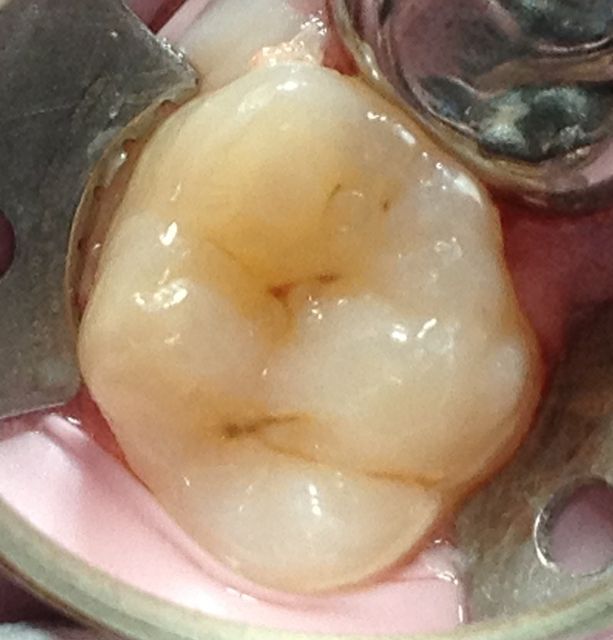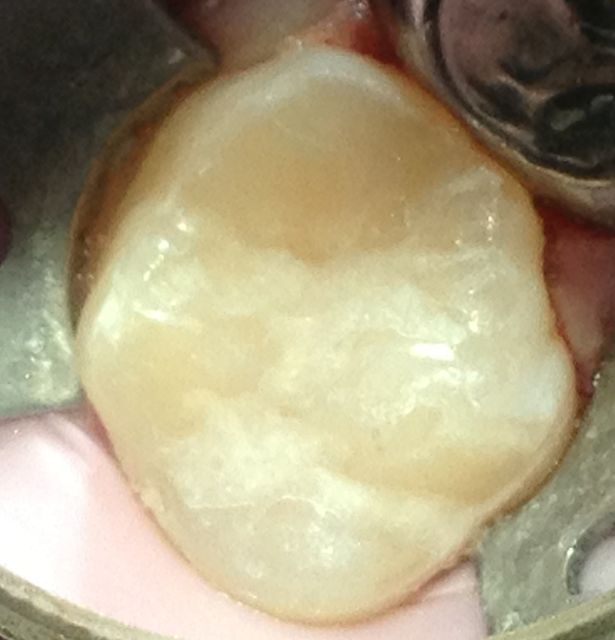FAQs
How is a paediatric dentist different from a general dentist who treats children? | A paediatric dentist is a specialist who is trained and qualified to provide comprehensive dental care for children from infancy through adolescence. The specialty is one of eleven recognized specialties of the Australian Dental Association. A paediatric dentist is an experienced general dentist who has undertaken an additional three years of formal specialty training in university and children’s hospitals to prepare him/her for meeting the unique and specific needs of infants, children, adolescents and those with medical conditions. Specialty training in this field includes the study of child psychology, growth and development, and behaviour modification. | ||
At what age should my child have his/her first dental examination? | Both Australian and international paediatric dental associations recommend that a child should have his/her first dental visit by the first birthday. This early check-up allows your child to meet the dental team in a positive and friendly way while we assess his/her oral growth and development. This initial visit also gives us the opportunity to provide information to caregivers about preventive oral care. Regular six monthly visits then allow your child to build a confident and trusting relationship with the dentist thus putting him/her on a path to excellent oral health in the future. | ||
Why are baby teeth important? Why fix them when they eventually fall out? | Healthy baby teeth are important for chewing food and for speech development. They can affect how your child perceives himself/herself. Baby teeth also help the developing mouth prepare for permanent teeth by holding space. Children with healthy baby teeth are more likely to have decay-free permanent teeth. The baby front teeth are usually lost between 6 to 8 years of age but the baby back teeth are only replaced between 11 to 13 years of age. Early detection and management of decay in baby teeth is important as decay is an infection – allow it to spread bigger and deeper, and your child may need more extensive treatment (such as nerve treatment). If the tooth is close to being replaced, we may have the option of leaving it alone. If your child is very young, leaving decay untreated may mean future toothaches, infections and the need for more complex treatment. | ||
What are dental sealants? | A dental sealant or fissure sealant is a coating applied to the chewing surfaces of teeth. They fill in the deep crevices on the chewing surfaces of the teeth, protecting them from decay. The application is quick and does not require local anaesthetic. The longevity of a sealant depends on diet, oral hygiene and habits such as grinding.
| ||
What is a pulpotomy and/or pulpectomy (nerve treatment)? | The pulp of the tooth is the inner-most core of the tooth. The pulp contains nerves, blood vessels and connective tissue. Nerve treatment is sometimes referred to as ‘baby root canal’. The two forms of nerve treatment in baby teeth are pulpotomy and pulpectomy. Deep decay and traumatic injury are the two main reasons why your child’s tooth may require nerve treatment. The main objective of nerve treatment is to maintain baby teeth until the time of their natural replacement. An alternative to extraction in many situations, it provides tooth retention for eating, normal speech development and space preservation to reduce crowding. A pulpotomy is performed when removal of deep decay results in nerve exposure in a baby tooth with a minimally inflamed pulp. The inflamed nerve is removed, leaving behind healthy nerve which is medicated before a ‘core’ filling is placed in the centre of the tooth. The success rate of this procedure when performed under strict conditions is above 90%. A pulpectomy is performed when the nerve is severely infected or dead. The root canals are disinfected before they are filled with a medicament with the capacity to ‘dissolve’ upon emergence of the permanent tooth. The success rate of this procedure when performed under strict conditions is above 80%. After nerve treatment, teeth must be completely sealed to prevent bacterial re-entry. This is most reliably achieved using crowns which cover and protect the whole tooth. | ||
What are stainless steel crowns? | Stainless steel crowns are pre-made silver-coloured caps which are adapted then glued to teeth. They are used to protect back teeth after nerve treatments or may be recommended if your child has extensively decayed or weak teeth. Current research indicates the success rate for these crowns is very high compared to plastic (white) and amalgam (silver-mercury) fillings. | ||
What is involved in dental treatment with ‘happy gas’ sedation? | The commonly known ‘happy gas’ or ‘laughing gas’ is nitrous oxide gas which is delivered to your child via a nose mask. Giving nitrous oxide is a way of reducing your child’s pain and anxiety during dental procedures. Your child may feel ‘dreamy’ and report feeling sensations of ‘floating’ or tingliness in their arms and legs. He/she is awake during the entire period of the treatment and is able to communicate with the dentist. Local anaesthetic is normally given in the usual manner. Your child’s breathing will be monitored during the procedure. Post-treatment, the effects of sedation will usually wear off very quickly. Some children may feel nauseated and vomit but this is very rare. A responsible adult should supervise all bathing and playing for the next eight hours. Nitrous oxide sedation is not appropriate for every child. Talk to us to determine your child’s suitability. | ||
Why is dental treatment performed under general anaesthesia? | General anaesthesia is sometimes necessary to provide safe and high quality dental care for children of all ages. A general anaesthetic may be recommended if:
The dental treatment will be provided in a day surgery with excellent paediatric and dental facilities. We work with a Specialist Anaesthetist who is supported by highly trained nursing staff. Together, they will administer the anaesthetic and monitor your child throughout the entire procedure. |


